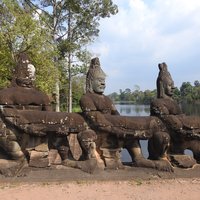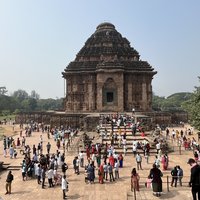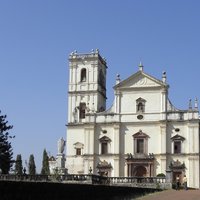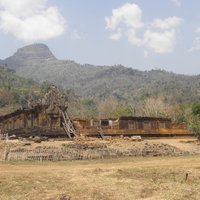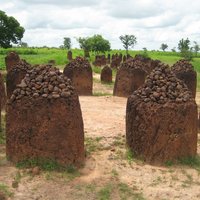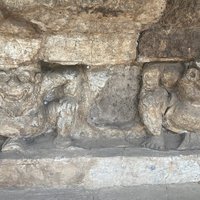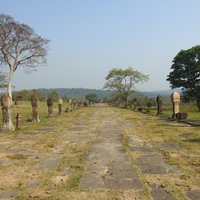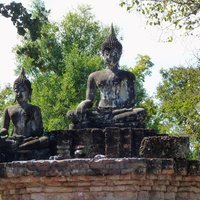Connected Sites
-
Angkor Wat: "Most of the visible areas are sandstone blocks, while laterite was used for the outer wall and hidden structural parts." (wiki)
-
-
"Laterite was used for the core of the platform and staircases near the foundation" (wiki)
-
Local laterite was used in the construction of the churches, which had to be plastered and finished with a lime whitewash (AB ev)
-
-
"The stones forming the circles were extracted from nearby laterite quarries" (OUV statement)
-
Khao Klang Nok Stupa is the largest laterite stupa in Thailand
-
"Laterite blocks faced with sandstone are used where foundations were needed for columns." (AB ev)
-

